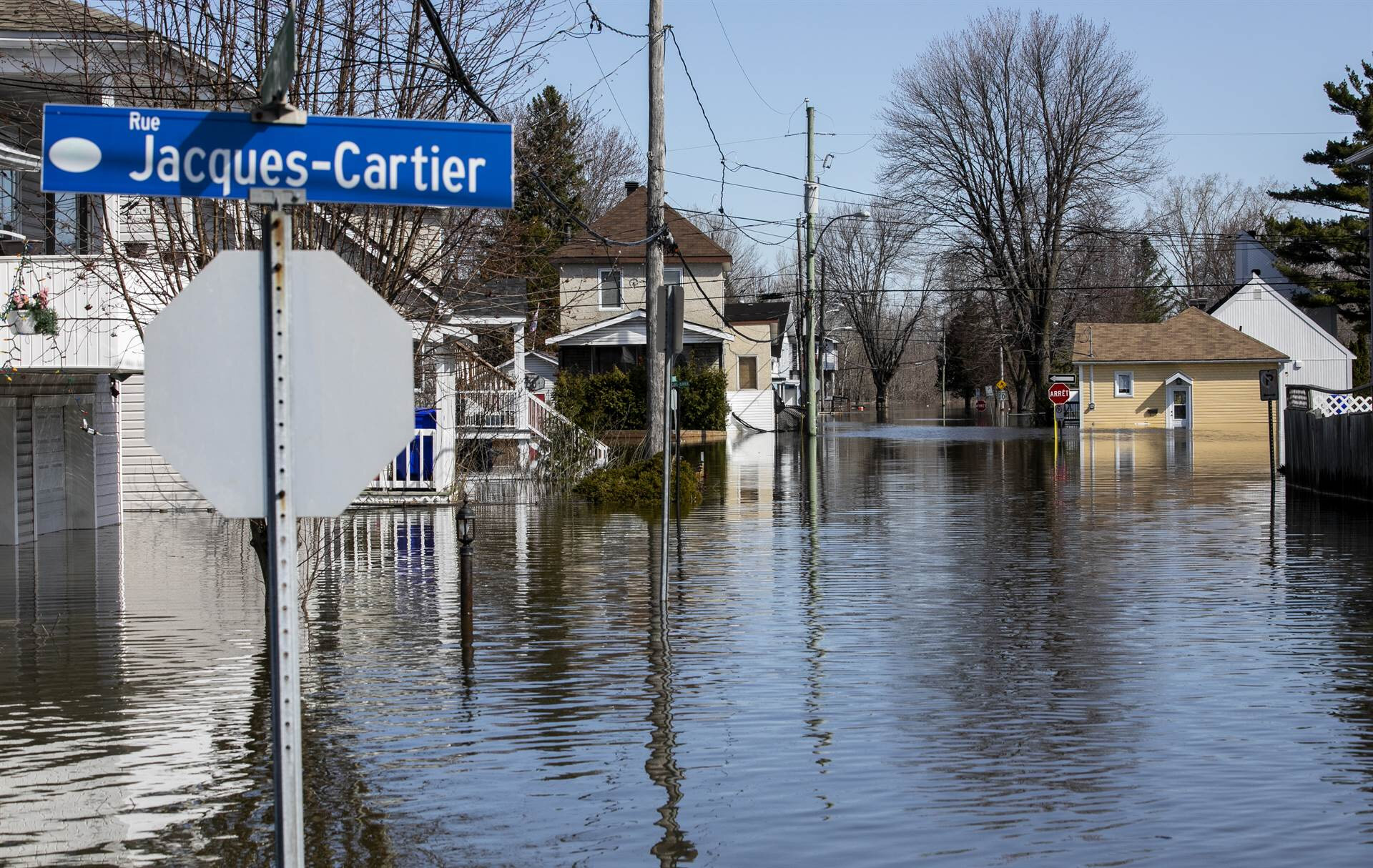Minimum wage Concerns raised as Quebec government entrusts health system management to private sector
Djeneba Dosso
As the region dives into spring, officials are closely monitoring the Outaouais and Gatineau rivers with a watchful eye. While it is colder spring than usual due to chilling winds and random snow falls, municipal leaders are still closing watching the Outaouais and Gatineau rivers’ water levels as the snow melts.
“Although there is no indication of flooding at this time, the Gatineau is preparing for high water as it does every year,” said Marie-Hélène Rivard, chief of public relations and communications for the City of Gatineau in a press release. “Spring conditions over the next few weeks will determine the intensity of the flooding. At this time, water levels in the Ottawa and Gatineau rivers are at normal levels. Snow levels and snow cover are also at normal levels.”
Each year, the region is susceptible to spring floods. The worst one to date was in early April 2019 when the accumulation of snow tied with days of heavy rain led to the Outaouais river’s water levels rising 30 centimeters higher than the last recorded flood which was in spring 2017. This led to thousands of homes and businesses being flooded in Quebec and Ontario, bridge closures, millions of dollars in damage and repairs and one death.
This year’s response
Gatineau has aimed to be proactive since then, taking precautions before the worst can occur.
Throughout March, Hydro-Quebec hosted virtual public meetings for residents from the general Laurentides, Lanaudière, Laval and of course, Outaouais regions who had any questions in light of a flood preparations.
The meeting for the Outaouais area took place on March 13 and was hosted by Alain Paquette, advisor in community relations. The 2-hour webinar started with information sessions by several guest speakers from Hydro-Quebec, the Quebec and Ontario governments and the Minister of Environment to name a few and closed off with a lengthy Q&A session.
Anna Marcotte, water management engineer for Hydro-Quebec, introduced the Ottawa River Regulation Planning Board which was created by the governments of Quebec, Ontario and Canada following episodes of flooding in the 1970s.
“The main role was to ensure an integrated management of the 13 main reservoirs with all the partners collaborating,” she said. “We all own many stations of data collection, so we [all] share data, we talk and we plan all our water management strategies every week during the year. During springtime, [after] the first shed, we speak and plan every day.”
Alongside Hydro-Quebec, the City of Gatineau is also committed to ensuring everything runs smoothly. The city currently has 40,000 filled bags of sand and 20,000 empty bags in stock, as well as seven hydrometric facilities and access to two Environment Canada facilities.
“While the data is encouraging, it is important to note that the situation can change quickly depending on spring weather conditions. That's why City crews are already preparing for all situations and are constantly monitoring water levels,” said Rivard.
Resources for citizens
Rivard added that “the public has an important role to play in ensuring their safety.” A number of resources and tips can be found at gatineau.ca/crue regarding preparations and the latest updates. Residents are also invited to subscribe to text or email alerts to receive important messages and anyone who missed Hydro-Quebec’s meeting but wishes to get their questions answered can find the recording online at hydroquebec.com/production/crues-printanieres.
Photo Caption: Jacques-Cartier street submerged in water in May 2019 following the record-setting spring flood.
Photo Credit: Archives/Ville de Gatineau.





